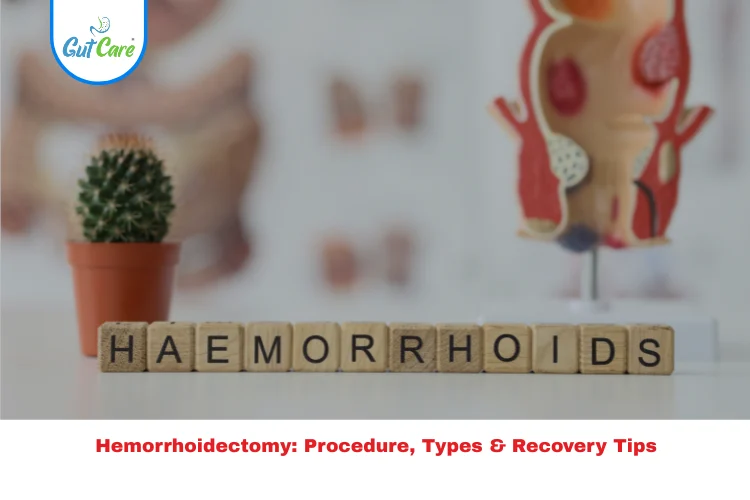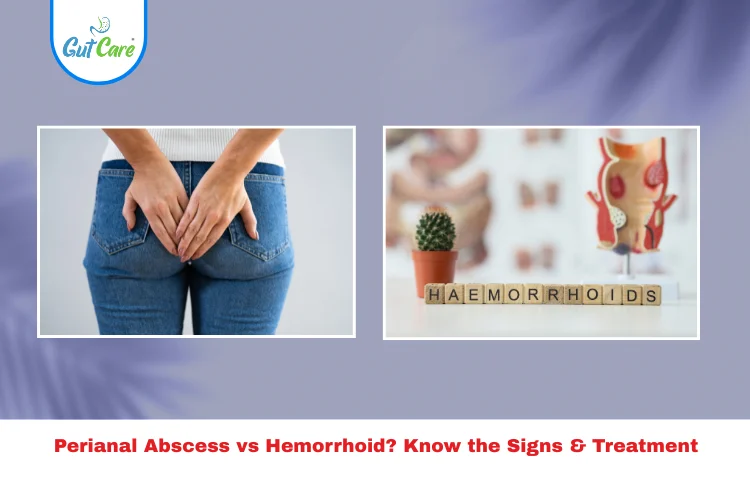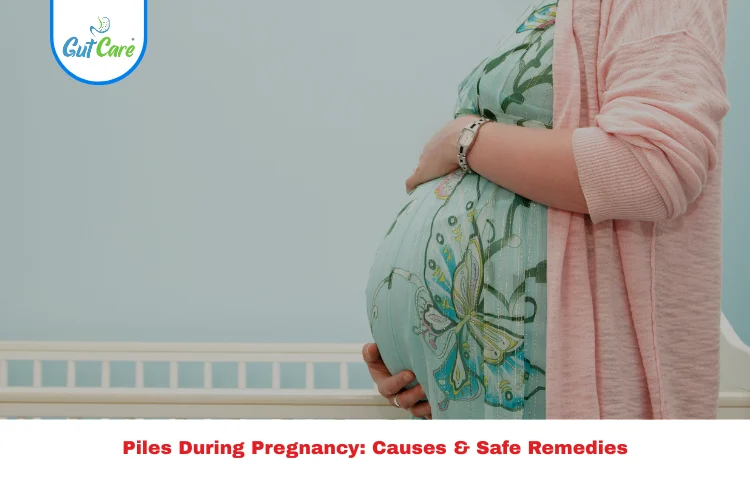She is powering through work, juggling family, keeping up her home—and quietly suffering from a pain she doesn’t often discuss. For most women, piles are a secret struggle. The itching, burning, and bleeding don’t just disrupt her day, they take away her comfort and peace.
Unlike men, women tend to have special biological and hormonal conditions—such as pregnancy and menstruation—that make them more at risk. In this blog, we highlight piles in women, revealing how they are different, why they occur, and how to achieve permanent relief.
What are Piles in Women and Why Are They Different?
Piles in women or hemorrhoids, are inflamed veins in or outside the anal canal. Although the condition is equally the same among both genders, women feel the same condition from a different perspective because of hormone cycles, bodily changes, and reproductive health.
What makes it different?
- Hormonal fluctuations during menstruation and pregnancy
- Increased pelvic pressure during pregnancy
- Postpartum strain from childbirth
- Chronic constipation tied to dietary restrictions or iron supplements
Internal piles occur inside the rectum, while external piles appear around the anus. Both can lead to symptoms such as:
- Bright red blood during bowel movements
- Pain or discomfort while sitting
- Anal itching or irritation
- A lump or swelling around the anus
Piles in women can be episodic—flaring up during menstruation or pregnancy—and often go undiagnosed due to embarrassment or misinterpretation of symptoms.
Why Women Are More Vulnerable to Piles
Let’s dive into the most common gender-specific triggers.
Hormonal Changes During Menstruation
Estrogen and progesterone levels fluctuate drastically during a woman’s monthly cycle. These hormonal shifts affect blood vessel tone and bowel movements. Some women experience constipation or bloating, both of which can increase rectal pressure and lead to piles.
Pregnancy: A Major Culprit
Nearly 25–35% of pregnant women experience piles, especially during the third trimester. Why?
- The expanding uterus presses on pelvic veins
- More blood volume creates vein swelling
- Hormones of pregnancy cause relaxation of vein walls
- Straining during childbirth makes hemorrhoids worse
Postpartum Pressure
Childbirth is no small feat. The intense pushing can cause veins around the anus to swell or rupture. Many women find themselves dealing with painful hemorrhoids days after delivery—at a time when their body is already in recovery.
How to Cope with Piles in Women: Practical, Natural & Medical Tips
Here’s how women can cope with and prevent piles, especially during sensitive times like periods and pregnancy.
1. Take a Fiber-Rich Diet
Add whole grains, fruits such as papaya and apples, and leafy greens to soften stools and ease digestion.
2. Hydration is Your Best Friend
Drink a minimum of 2–3 liters of water every day. It reduces constipation and prevents straining during bowel movements.
3. Perform Mild Exercises
Exercises for the pelvic floor, yoga, or walking during pregnancy improve blood flow and lessen pressure on the rectal veins.
4. Don’t Put Off Nature’s Call
Harder stools and straining are the results of delaying the need to defecate. Leave as soon as you have to.
5. Soothing Relief with Sitz Baths
Soak the anal area in warm water for 15–20 minutes. It reduces inflammation and soothes irritation—particularly postpartum.
6. Topical Creams
Witch hazel, aloe vera gel, or ointments prescribed by a doctor can quickly relieve itching and discomfort.
7. Sleeping on Your Side While Pregnant
Sleeping on your left side alleviates pressure on pelvic veins and encourages improved blood circulation.
8. See a Proctologist Early
Do not wait if symptoms do not go away or get worse. Women-friendly proctology is now available, with non-surgical treatments such as laser treatment providing rapid recovery.
FAQs About Piles in Women
1. Can menstruation cause piles?
Yes. Hormonal fluctuations during menstruation lead to constipation and increased pressure on the rectum, resulting in pile flare-ups.
2. Are piles usual in pregnancy?
Certainly. The enlarged uterus and hormonal imbalance make piles a frequent occurrence, particularly in the later pregnancy months.
3. Do piles disappear after pregnancy?
Most cases of postpartum mild piles clear up on their own. Severe or persistent piles, however, may need treatment.
4. Do piles interfere with daily living?
Yes. Pain during sitting, walking, or passing stools can well interfere with a woman’s routine and comfort.
5. Is surgery unavoidable for piles in women?
Not always. Conservative treatment is successful in the majority of cases. Advanced laser treatment is a minimally invasive procedure if it becomes necessary.
Conclusion
Piles in women are real, common, and treatable. Whether it’s hormonal shifts, pregnancy pressure, or postpartum changes—understanding the root cause is the first step to healing.
You don’t have to suffer in silence.
Ready to feel better and reclaim your comfort?
Reach out to a trusted piles specialist today and take the first step toward lasting relief.




